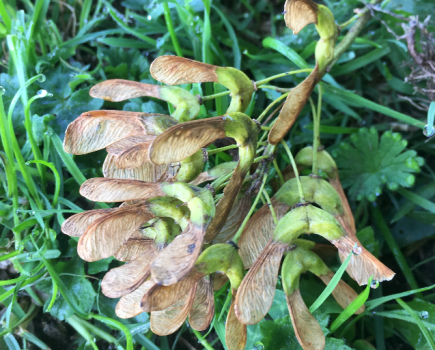Lymphangitis is a serious swelling of the lower limb. Vet Leona Bramall MRCVS explains what it is and why both prompt treatment and a careful exercise plan are vital for recovery.
Swelling of the lower leg in horses has many potential causes and it can occur throughout the year, although incidents arguably increase during the winter months.
The term lymphangitis relates to inflammation of lymphatic vessels. The lymphatic system is responsible for the drainage of tissue fluid and, should damage or inflammation occur, drainage is impaired and tissue fluid accumulates.
Symptoms
Affected horses generally have an extremely swollen limb that is often at least double the size of the opposite one.
In the early stages of the disease process, swelling may be limited to a specific part of the limb, but as things progress the entire limb may become affected.
When a forelimb is involved, swelling may even extend to between the horse’s front legs and girth region, while with a hindlimb, swelling may be seen up underneath the belly.
This swelling is generally hot to the touch and very painful to palpate.
More often than not, affected horses are unwilling to move and they generally have an increased temperature, with or without an increased heart and breathing rate.
They may sweat up too and be off their food. When limb swelling is severe, droplets of yellow coloured tissue fluid may ooze through the skin.
Lymphangitis is a serious and severely debilitating condition and early veterinary intervention is vital. If you notice and of the signs, you should contact your vet immediately.
Treatment
Treatment is based on reducing the swelling and inflammation in the affected limb through the use of anti-inflammatory medication and also by controlled exercise once the pain has been reduced.
Intravenous anti-inflammatories (both non-steroidal and steroidal) are generally used in the early stages of treatment before oral medication is prescribed.
An affected horse will also be given antibiotics. Exercise plays a hugely important part in assisting with lymphatic drainage, but this can only be started once the patient is comfortable enough to move.
Bandaging may or may not be recommended by a vet. The major concern with bandaging is that the bandaging can act as a source of constriction should the limb continue to swell, so bandaging should be undertaken with caution and only following veterinary advice.
After an episode of lymphangitis, an affected limb may never return to its original size and residual swelling may persist.
This is due to damage to the lymphatic vessels, which may not regain their normal function. A horse who had lymphangitis once is likely to be prone to reoccurrences.
Don’t miss the latest issue of Your Horse Magazine, jam-packed with training and veterinary advice, horse-care tips and the latest equestrian products available on shop shelves, on sale now.









